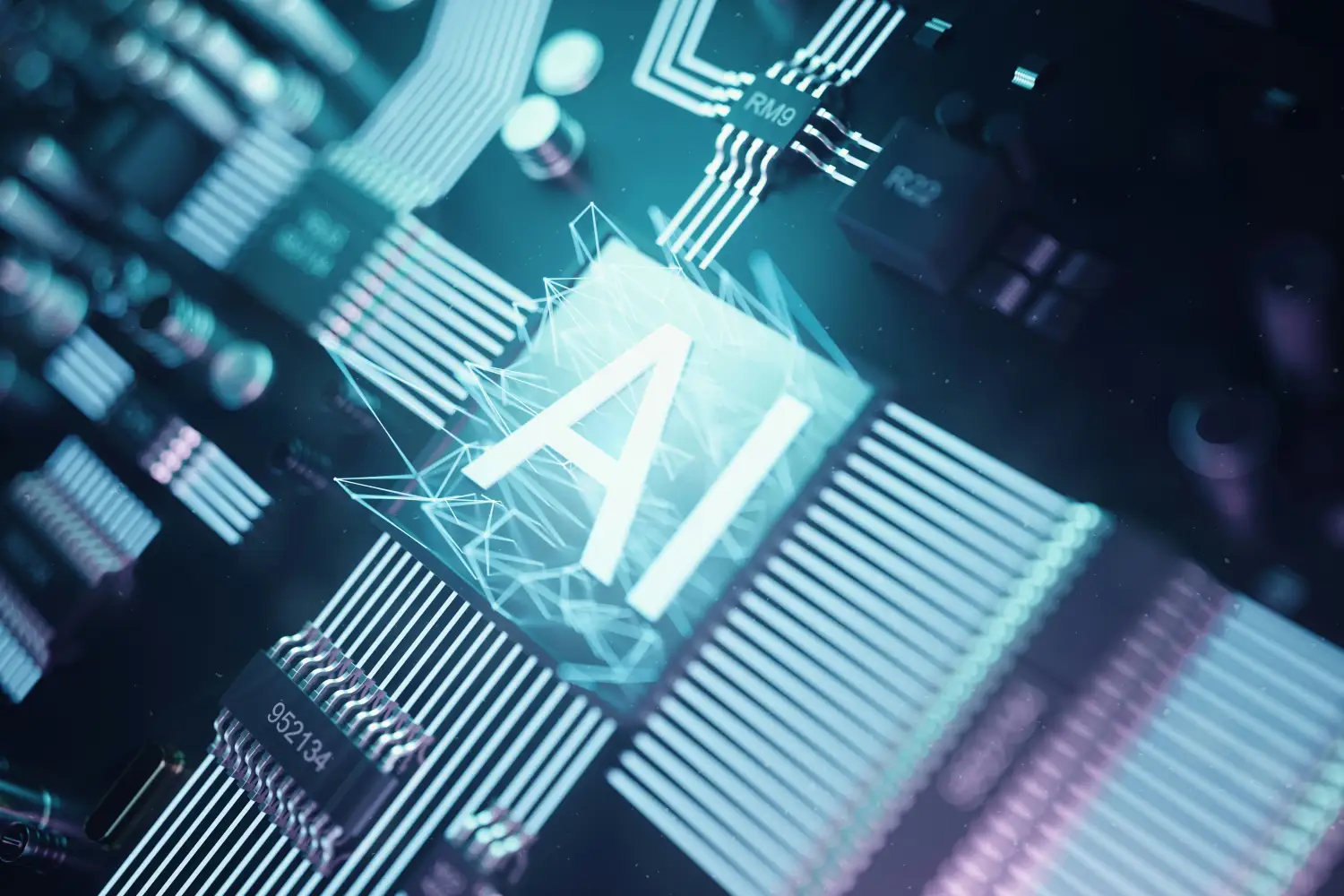Automation is no longer limited to repetitive tasks. With AI, it’s becoming intelligent, able to reason, prioritise, and learn.
Understanding how it works helps business leaders make confident decisions about where to start and how far to go.
At its core, AI automation turns information into action. It reads data, analyses what it means, and takes the next logical step. When done right, it builds systems that not only save time but also bring lasting clarity to daily operations.
The Three Stages of AI Automation
AI automation operates in a continuous loop of three essential stages: Capture → Decide → Act.
1. Capture
The process begins with data collection. Automation tools gather input from emails, forms, APIs, CRMs, or files. For example, a system might read a new customer message or extract numbers from an invoice.
2. Decide
Next, artificial intelligence interprets the data. This could involve identifying intent, classifying information, or predicting outcomes. An AI model might determine whether a message is a new lead, a support request, or an update that needs escalation.
3. Act
Finally, automation executes the appropriate task, creating a record in your CRM, notifying a team, or generating a report. Once complete, it can repeat the cycle or hand off to another connected system. This “sense–think–act” pattern is what separates AI automation from basic “if-this-then-that” workflows. It doesn’t just react; it understands and adapts.
The Key Components Behind It
Data Inputs
Every automation starts with data. It may come from a website form, an ERP system, or a shared spreadsheet. AI ensures that even unstructured data, like written notes or emails, can be understood and transformed into structured information.
Logic Layer
This is where decisions happen. AI models, rules, and reasoning frameworks interpret the context of each task. For example, natural language processing can detect the urgency of a message and route it accordingly.
Action Layer
This layer performs tasks automatically using integrations with tools such as n8n, Make, or Zapier. It connects every department, marketing, operations, finance, into one coordinated workflow.
Feedback and Learning
Over time, AI automation learns from results. It identifies which decisions worked best and refines its logic. This continuous feedback loop keeps your operations aligned with current priorities and data trends.
How AI and Traditional Automation Work Together
AI doesn’t replace traditional automation; it enhances it. While basic automations execute tasks, AI provides understanding.
- Without AI: the system reacts to fixed triggers.
- With AI: the system analyses context, makes informed decisions, and adapts.
For example, a rule-based workflow might send identical responses to all customer emails. An AI-enhanced version can detect sentiment, determine priority, and craft replies accordingly. This blend of automation and intelligence is what transforms efficiency into genuine clarity.
A Practical Example
Imagine a small business managing supplier orders:
- The system receives dozens of confirmation emails daily.
- AI scans each message, identifies product names, quantities, and delivery dates.
- It updates the ERP automatically and flags discrepancies for review.
The outcome: hours saved, fewer errors, and real-time visibility into operations.
At Kleritt, as an Ai automation agency, this kind of intelligent coordination is what we design, systems that quietly handle complexity while keeping teams in control.
Benefits of Understanding the Process
When you understand how AI automation works, implementation becomes far easier. It helps you:
- Identify realistic use cases.
- Set measurable goals for automation ROI.
- Communicate clearly with your automation partner.
Kleritt’s approach always begins with education showing SMEs exactly how their systems connect, what can be automated, and how decisions are made inside each workflow.
Security and Oversight
Automation must always run within clear boundaries. Kleritt ensures that every integration follows GDPR standards, uses encrypted connections, and includes human oversight for critical actions. Transparency is built into each design, so you know what the system does and why.
The Bigger Picture
AI automation is not a magic switch; it’s a framework for continuous improvement. Once the core workflows run smoothly, additional layers, like analytics, prediction, or AI agents, can be added to extend capability. Understanding how it all fits together gives SMEs long-term control rather than dependency on external providers.






